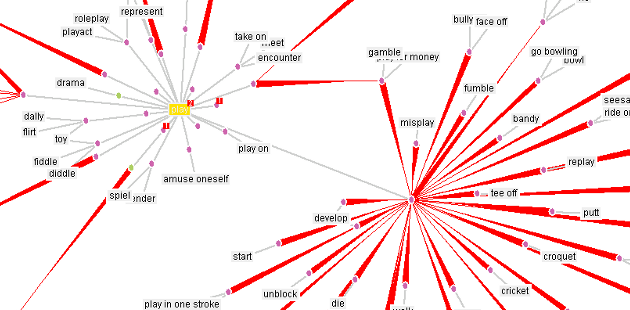Opinion mining, sentiment analysis
IV161 NLP in Practice Course, Course Guarantee: Aleš Horák
Prepared by: Zuzana Nevěřilová
State of the Art
Sentiment analysis can be seen as a text categorization task (i.e., the writer's opinion on a discussed topic X or Y?). It consists of detection of the topic (which can be easy in focused reviews) and detection of the sentiment (which is generally difficult). Opinions are sometimes subtly expressed (e.g., the sentence How could anyone sit through this movie? contains no negative word). The sentiments are usually classified by their polarity (positive, negative) but can be recognized more in-depth (e.g., strongly negative). Recognized opinions are also subject to summarization (e.g., how many people like this new iPhone design?).
References
- Bing Liu. Sentiment Analysis and Opinion Mining. Synthesis Lectures on Human Language Technologies. 2012, 5(1): 1-167. DOI: 10.2200/s00416ed1v01y201204hlt016. Draft version available at http://www.cs.uic.edu/~liub/FBS/SentimentAnalysis-and-OpinionMining.pdf
- Zhang, L. J., Wang, S., and Liu, B. (2018). Deep learning for sentiment analysis: A survey. Wiley Interdiscip. Rev. Data Min. Knowl. Discov., 8.
- Yanying Mao, Qun Liu, Yu Zhang: Sentiment analysis methods, applications, and challenges: A systematic literature review, Journal of King Saud University - Computer and Information Sciences, Volume 36, Issue 4, 2024, https://doi.org/10.1016/j.jksuci.2024.102048.
Practical Session
Technical Requirements
The task will proceed using Python notebook run in a web browser in the Google Colaboratory environment.
In the case of running the codes in a local environment, the requirements are Python 3 and Jupyter Notebook.
Sentiment Analysis
In this workshop, we will experiment with a simple aspect-based sentiment analysis (ABSA). We will use a pretrained model to obtain sentiments about individual sentences.
Access the Python notebook in the Google Colab environment. Save a copy of the notebook (e.g. to your Google disk) to see your changes later; leaving the browser will throw away all changes!
- Create
iv161-IIII-01.txt, a text file whereIIIIis your university ID. - Do the tasks marked in the Python notebook as TASK1, TASK2, ...
- Write your results from the notebook (not the notebook itself) in your text file.
Upload iv161-IIII-01.txt
Do not forget to upload your resulting file to the homework vault (odevzdávárna).







